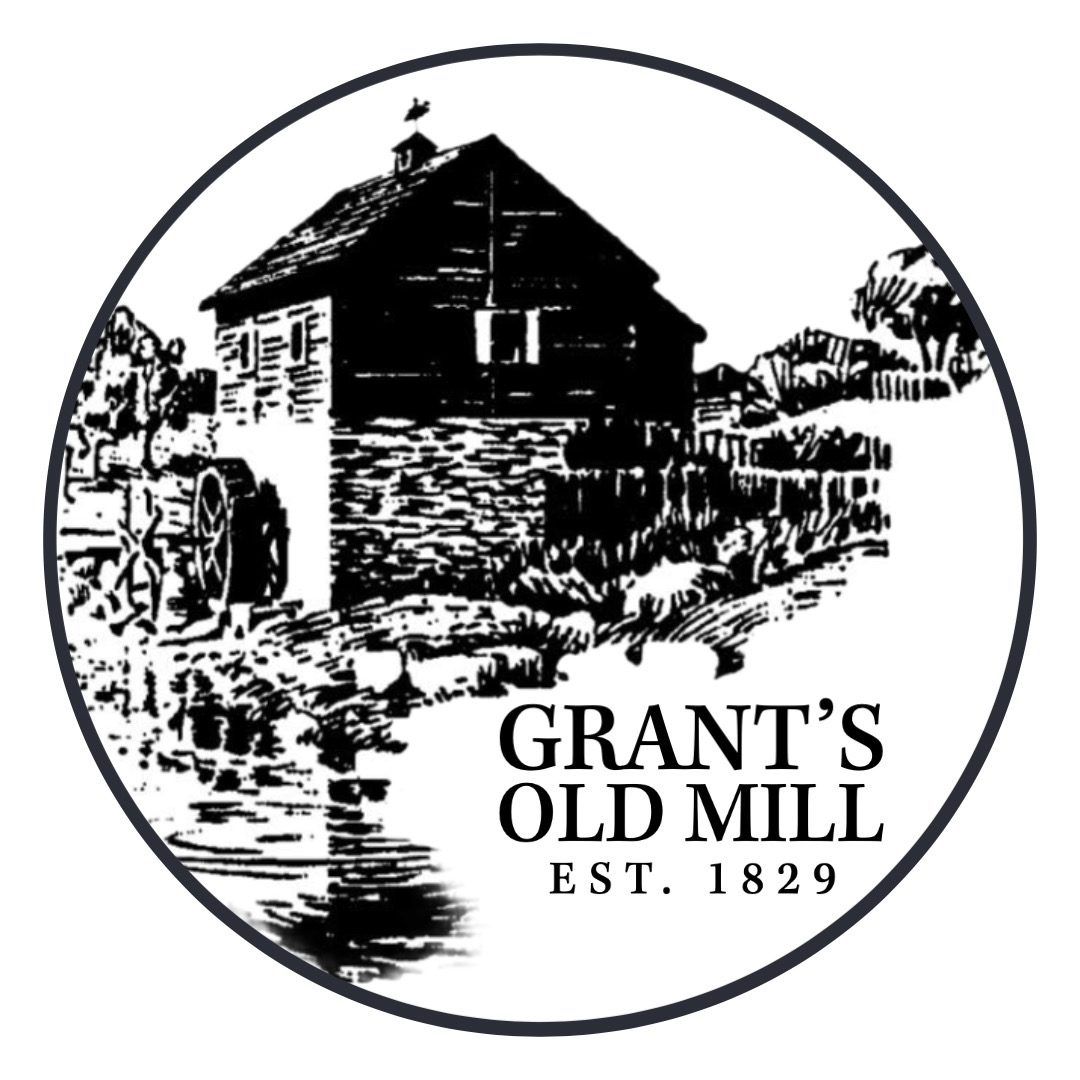Grist mills turned by water have been around for many centuries, some as early as 19 B.C. Although the terms "gristmill" or "corn mill" can refer to any mill that grinds grain, the terms were used historically for a local mill where farmers brought their own grain and received back ground meal or flour, minus a percentage called the "miller's toll".
Millers had a pretty fair living by charging a portion of the grain as payout for their labours. Cuthbert Grant took 10% of the grain as payment for his services alone.
There are three major parts to a gristmill: the raceway (or sluice), the water wheel, and the grinding stone. The raceway channels the flowing water to the wheel. The water then forces the wheel to turn. The turning wheel powers the grinding stones by a series of shafts and pulleys, or gears and shafts. The grinding action of the stones then breaks the grain into smaller, useable pieces such as flour, cornmeal, and grits.
Grant’s Old Mill is located on Treaty 1 territory, the traditional lands of the Anishinaabe, Cree, Oji-Cree, Dene, and Dakota Peoples, and the homeland of the Métis Nation.
© 2025 Grant's Old Mill Museum. All rights reserved
